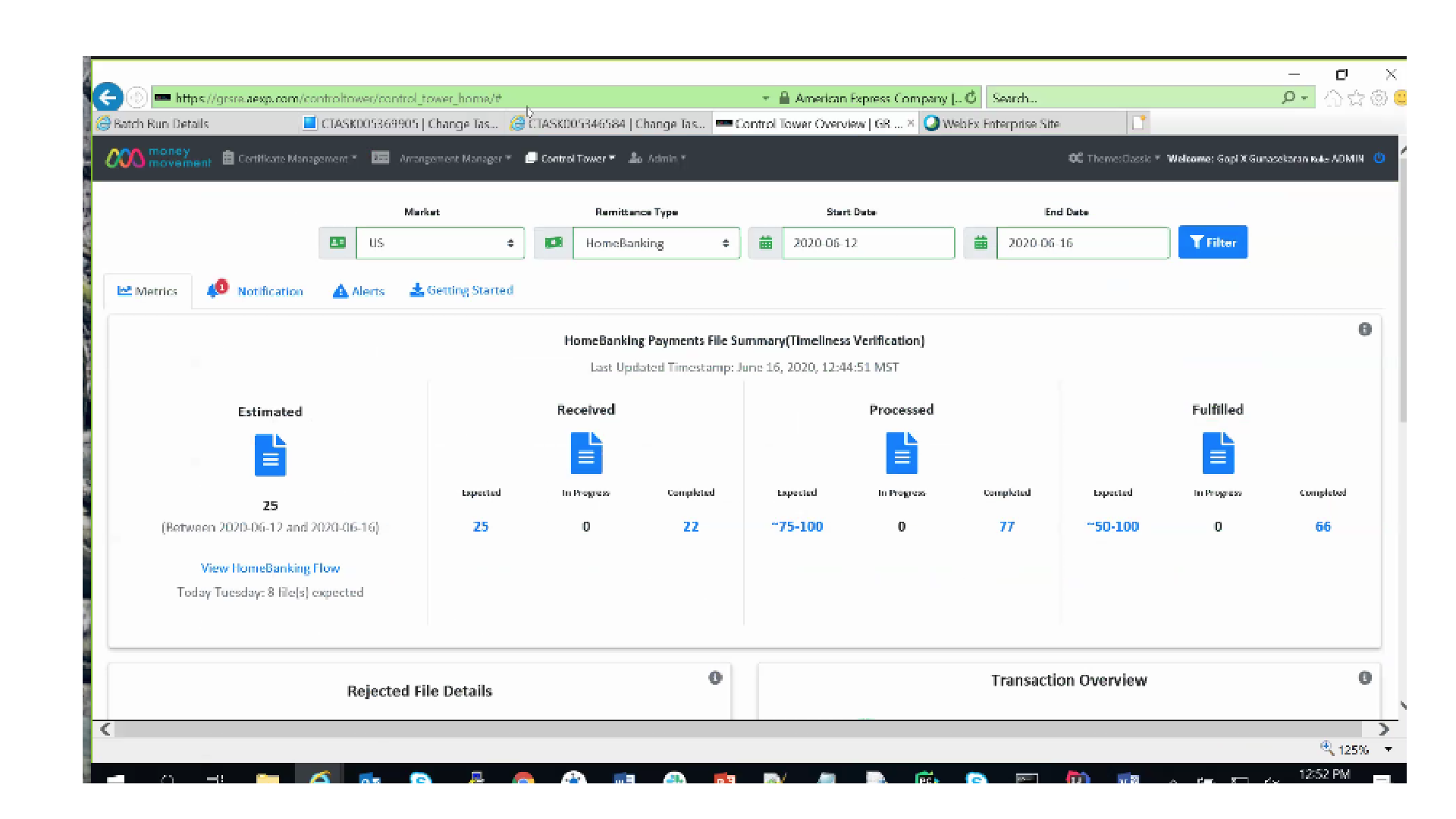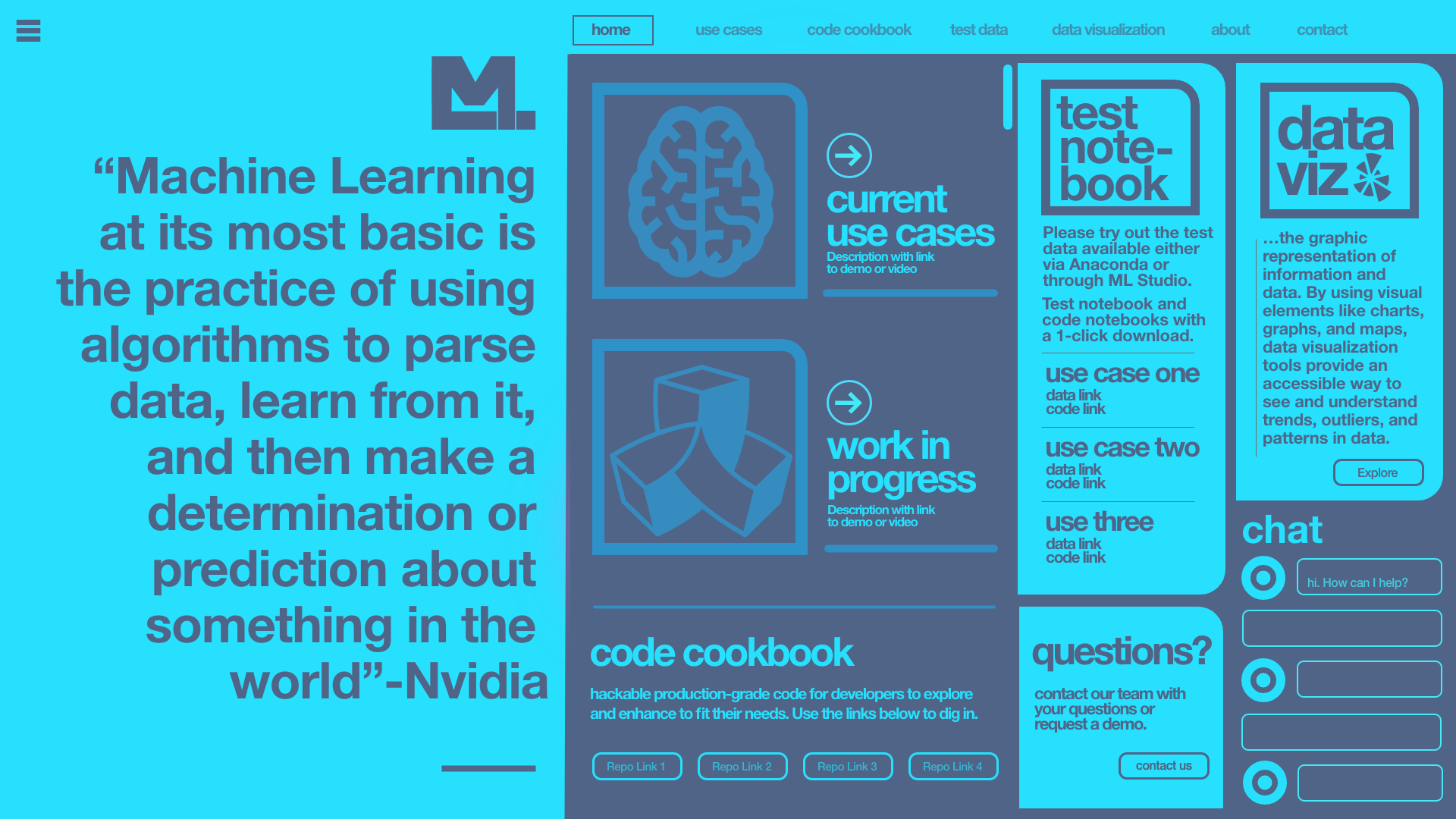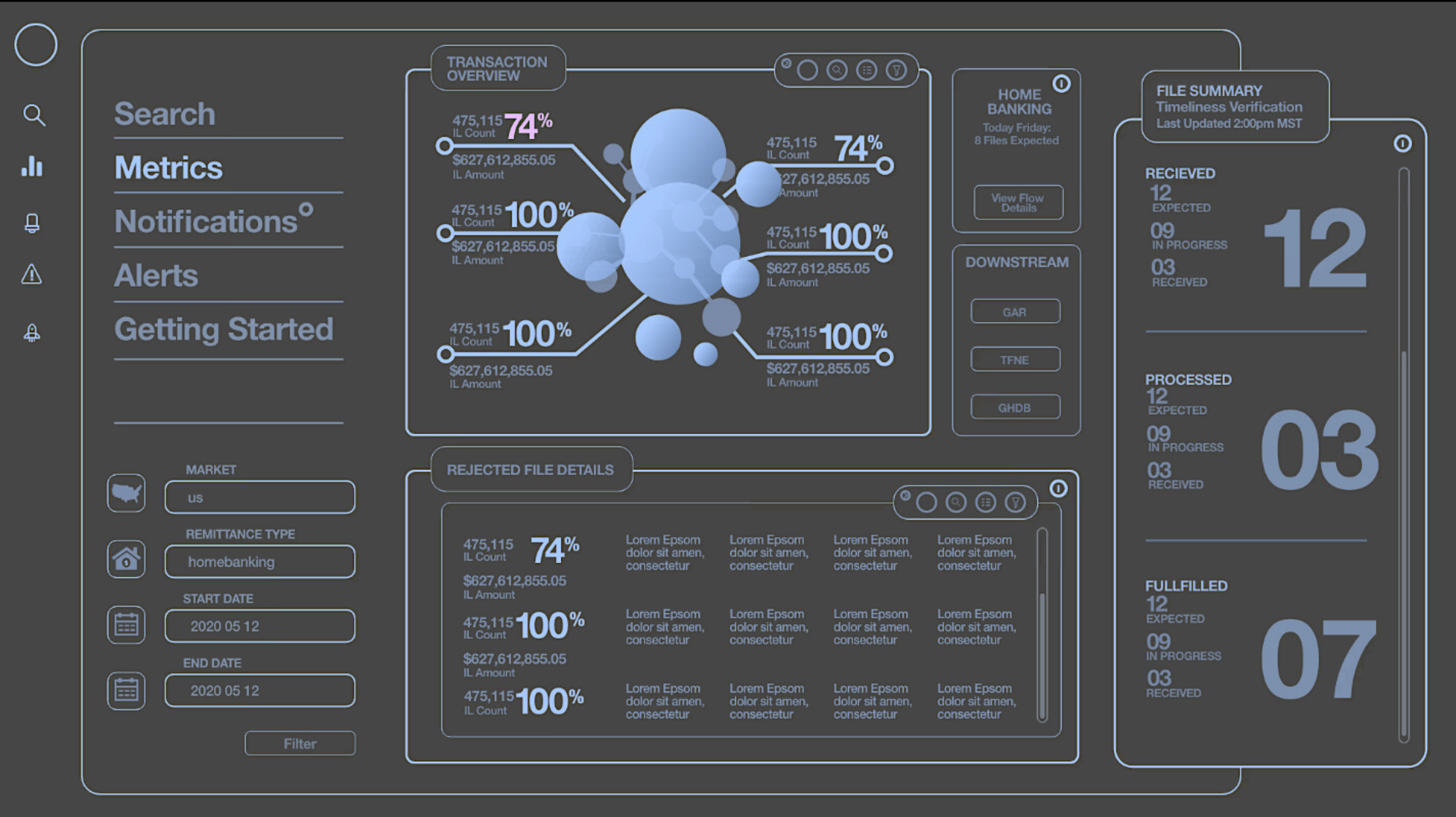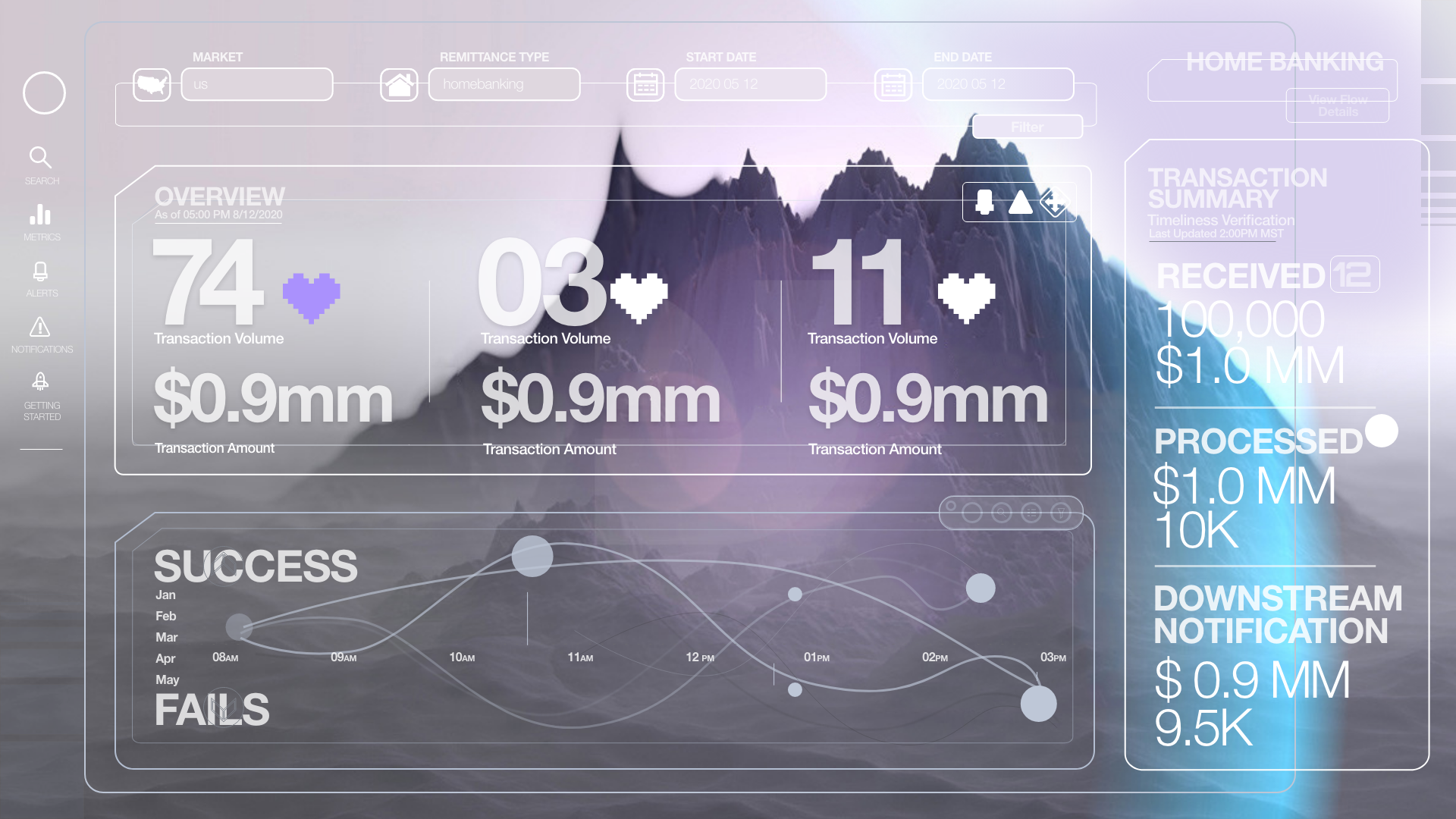American
Express
Int.
case.study
American Express International, a leading global credit services firm, needed to update its internal dashboard. The existing system was plagued by poor navigation, with many account features buried behind menus and submenus. This inefficiency forced employees to spend excessive time searching for pertinent data rather than focusing on their core tasks. The web-based tool, used by American Express employees to manage customer transactions, needed a comprehensive redesign to streamline access to essential information and enhance productivity.
The primary users of the redesigned dashboard are American Express employees in North America and the EMEA region who handle customer transactions. Each employee has an account with access privileges, enabling them to view detailed client information and manage transactions efficiently.
As the UX Architect for this project, I played a pivotal role in identifying and defining the objectives and strategic vision of the solution in collaboration with the client. My responsibilities included facilitating workshops, conducting research, and leading the design process to ensure that the new dashboard met the needs of its users effectively.
In-depth research included stakeholder interviews, user surveys, and competitive analysis. This research provided valuable insights into user behavior, preferences, and pain points, which guided the design process.
Our design process involved; Design Thinking Workshops: We began with a Design Thinking Workshop involving deep vision discussions and card sorting sessions with stakeholders to identify pain points and opportunities. Qualitative Interviews: Conducted interviews with stakeholders and users to gather insights into their needs and challenges. Task Analysis: Analyzed user tasks to identify the most critical objectives, which informed the hierarchy of functions and features. Tools and Techniques: Card Sorting Sessions: Used to discover patterns and gaps in the current system. Interviews and Task Analysis: Helped prioritize user objectives and streamline the dashboard’s functionality. Design Tools: Utilized Figma and Adobe XD for creating wireframes, prototypes, and high-fidelity designs. Design and Development: Sketches and Wireframes: Created initial sketches and wireframes to visualize the new layout and navigation structure. Prototype Development: Built interactive prototypes to test and refine the user experience.
The redesign significantly reduced the time employees spent searching for data, leading to increased productivity and improved user satisfaction. The new dashboard’s intuitive navigation and streamlined access to information enhanced overall efficiency.
The final design featured a clean, user-friendly interface with a well-organized layout. The style guide ensured consistency in design elements, such as colors, fonts, and icons, across the dashboard.
The impact of the redesign was profound, with notable improvements in data accessibility, employee productivity, and user satisfaction. The project demonstrated the importance of a user-centered approach in solving complex UX challenges.
User-Centered Design: Understanding the needs and pain points of users is crucial for creating effective solutions. Stakeholder Engagement: Regular collaboration with stakeholders ensures that the project stays aligned with business objectives. Iterative Design: Continuous testing and iteration are key to refining the user experience.
Continuous Improvement: Implement feedback loops to gather user feedback and make ongoing improvements. Training and Support: Provide training sessions and resources to help employees adapt to the new system. Performance Monitoring: Establish metrics to monitor the dashboard’s performance and impact on productivity. This project not only enhanced the functionality and usability of the American Express internal dashboard but also reinforced the value of a strategic, user-focused approach to UX design.

problem;





solution;



vision;





